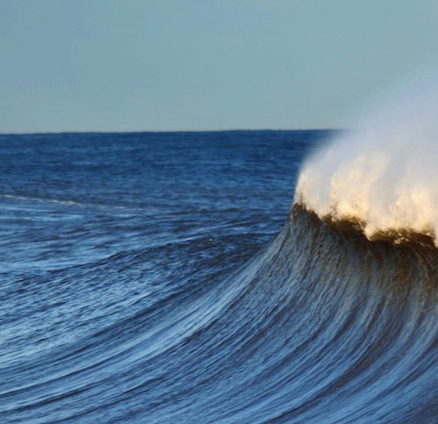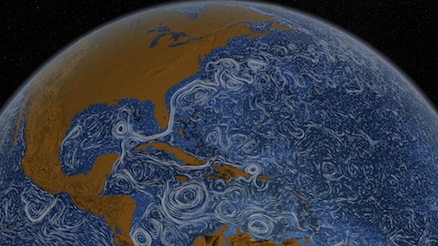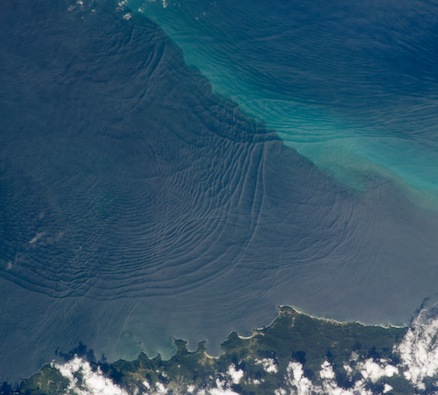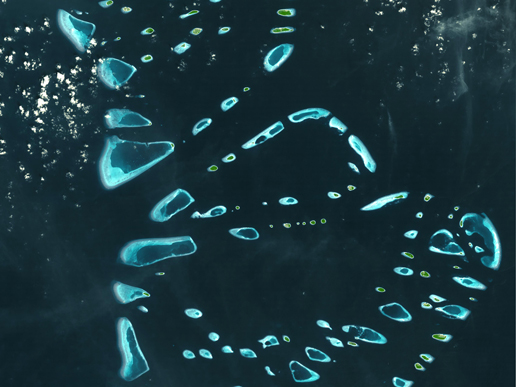1. WATER WORLD

Most of the Earth's water is found in:

Looking at our Earth from space, it is obvious that we live on a water planet. Ocean covers over 70 percent of Earth's surface and contains about 97 percent of Earth's surface water. How much do you know about our ocean?

Most of the Earth's water is found in:

Which of these has a greater effect on global sea level?


Measurements of Earth’s gravitational field permit topographic, or surface, mapping of the ocean floor.


What is sea surface salinity?


The ocean affects the climate on our planet.


The only current that makes an uninterrupted circle around the entire Earth without hitting land is the:


Sea level isn’t level at all. The ocean has hills and valleys similar to what we see on the land's surface. Ocean surface highs and lows are known as:

Tides are caused by:


NASA has been measuring sea surface height from space since 1993. Over that period, average global sea level has:
